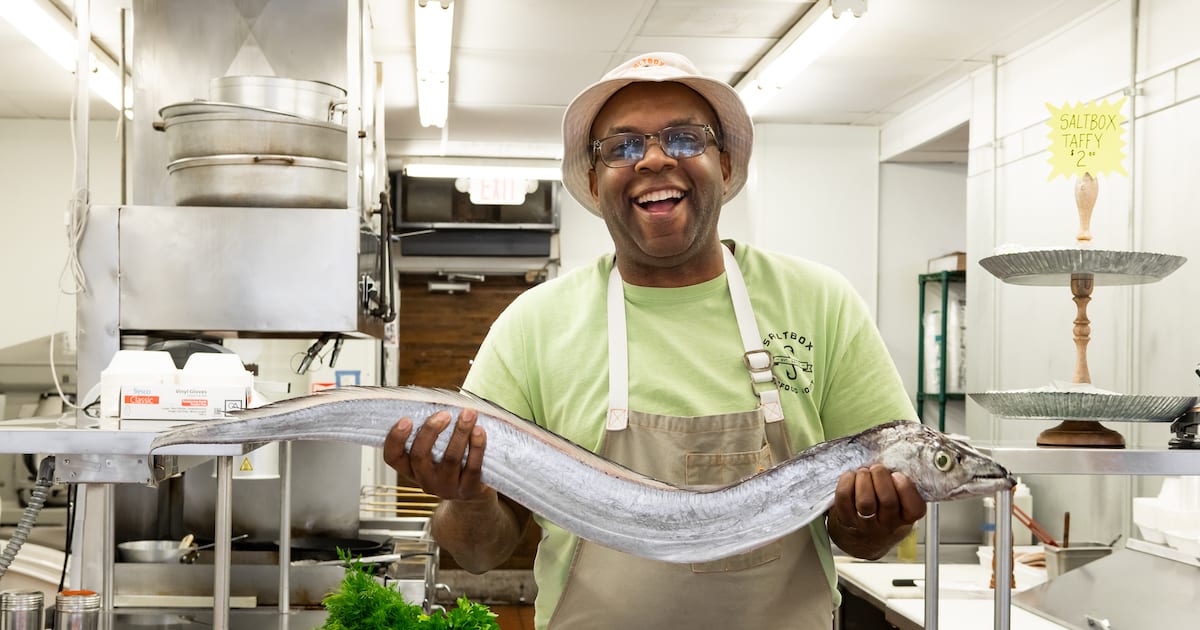Entrepreneurial spirit meets down-home ethos
at Saltbox Seafood Joint
Two-hundred square feet of sage-green siding and wood trim mark some of the best seafood in Eastern North Carolina. Behind the unassuming takeaway window, Ricky Moore is hard at work slinging his signature hush-honeys, fried fish, and shredded slaw. But even in this simple scene, there’s far more than meets the eye: Moore is at once the owner, designer, recipe developer, and line cook—not to mention an evangelist of all things locally sourced. And every decision, from the Saltbox Seafood Joint name and logo down to the lemon punch recipe, was a carefully calculated step to bring his business to life.
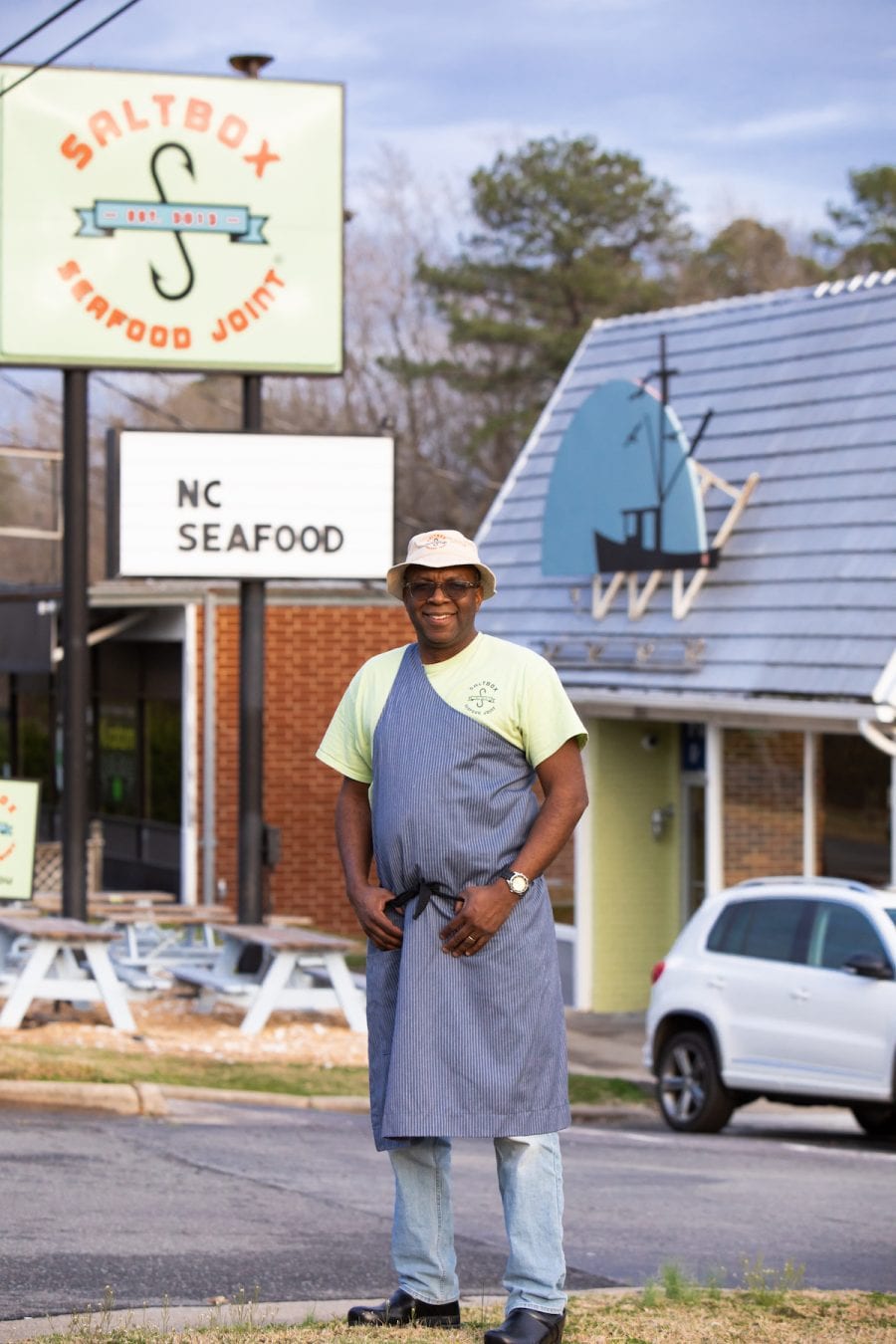
Born in New Bern, North Carolina, Moore spent a decade as a US Army cook before attending the Culinary Institute of America. The next twenty years found him as chef at prestigious fine-dining establishments in Washington, DC, Chicago, New York, and Paris. Then, he says, it was time to move back home. For the next five years, he worked at a handful of restaurants throughout the state, all the while learning the market with an eye toward opening his own place. Then, between consulting projects, he had the opportunity to spend three weeks in Singapore—a trip that would become the catalyst for Saltbox’s inception.
“You eat better on the street, at hawker stalls and outdoor food courts, than you would in a restaurant. There were all these specific stalls that would have one or two people cooking something fantastic,” Moore says. Those stalls evoked his memories of growing up in rural, coastal North Carolina, where even on special occasions, dining out meant heading to small joints that specialized in very specific types of food. Pair that with his desire to start humbly with a concept that didn’t require investors and the vision for Saltbox began to form. He would transition from his fine-dining background to something appealing to the masses—cast a broader net, if you will. The cooking part is easy, he says, but bills have got to be paid regardless of who’s coming in the door. And so, despite thirty years in the business under his belt, there was more research to be done.
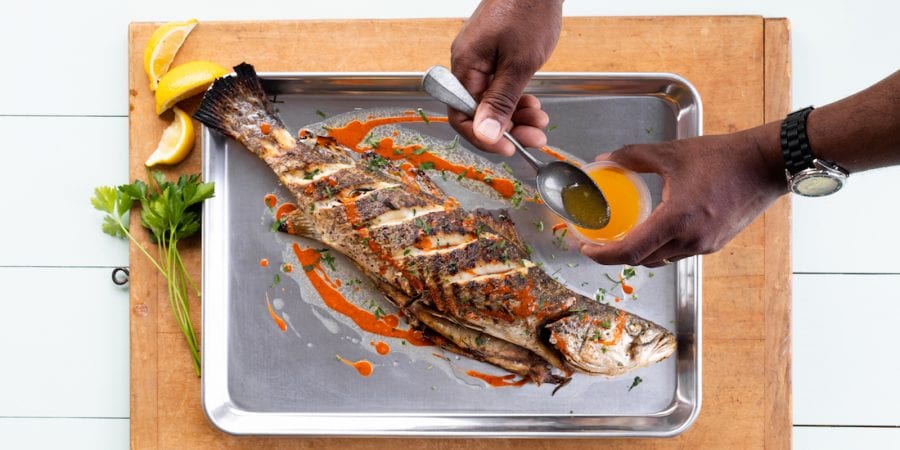
“I’d been a leader and a chef for a long time, but I hadn’t been a business owner. I was excited and fired up, I couldn’t sleep. It was a beautiful thing,” he recalls. “I had tons of sticky notes in my office of directions the business could go, but it just felt like a seafood joint.” Even the word joint alludes to the idea of a regional eatery in an urban setting—it’s more polished than a shack, but it’s still all about simplicity. Saltbox Seafood Joint opened in 2012 as a walkup window serving hyperlocal seafood five days a week. The second location, with space for dining in, debuted in 2017. The local community has been supportive since the inception, something Moore attributes to the beauty of the original concept.
“I was in a 205-square-foot place every day. I could have a conversation, customers could give me feedback to my face. And people began to trust what I was doing.” And that trust was essential, since Moore was asking something of his customers in return: “People are conditioned on what they want: A basket with a piece of waxy paper, a mild white fish, fried cornmeal fritters, cole slaw, and butter that you peel the foil off of. I wasn’t doing that.”
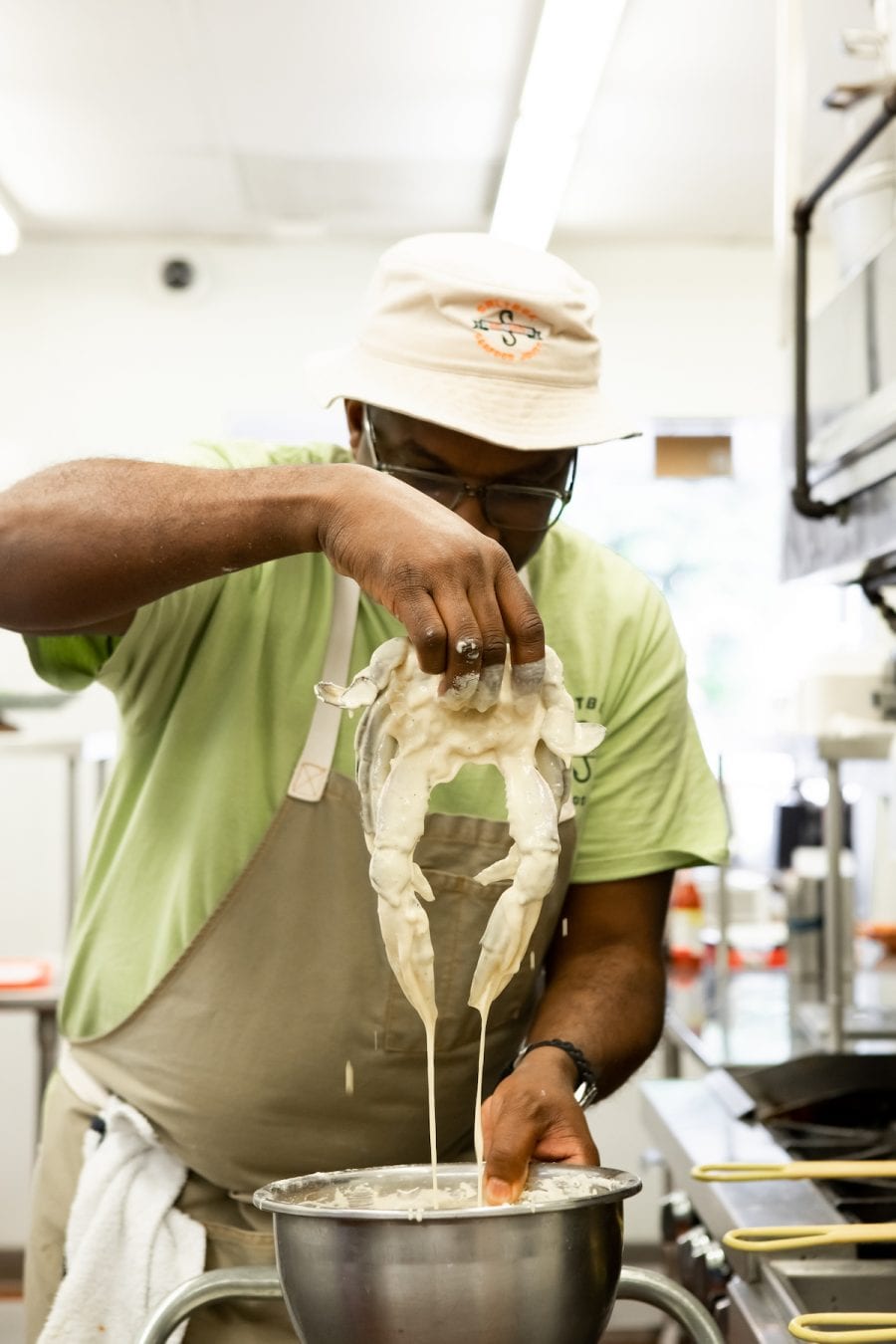
His food focuses on the indigenous species that aren’t normally used, regionalizing familiar dishes and celebrating local fishermen—effectively rebuilding the seafood joint idea from the ground up. Here, seasonal catches like amberjack and sheepshead are dredged in seasoned flour and topped with a relish-like slaw that evokes bread-and-butter pickles. And sometimes, it takes a little convincing.
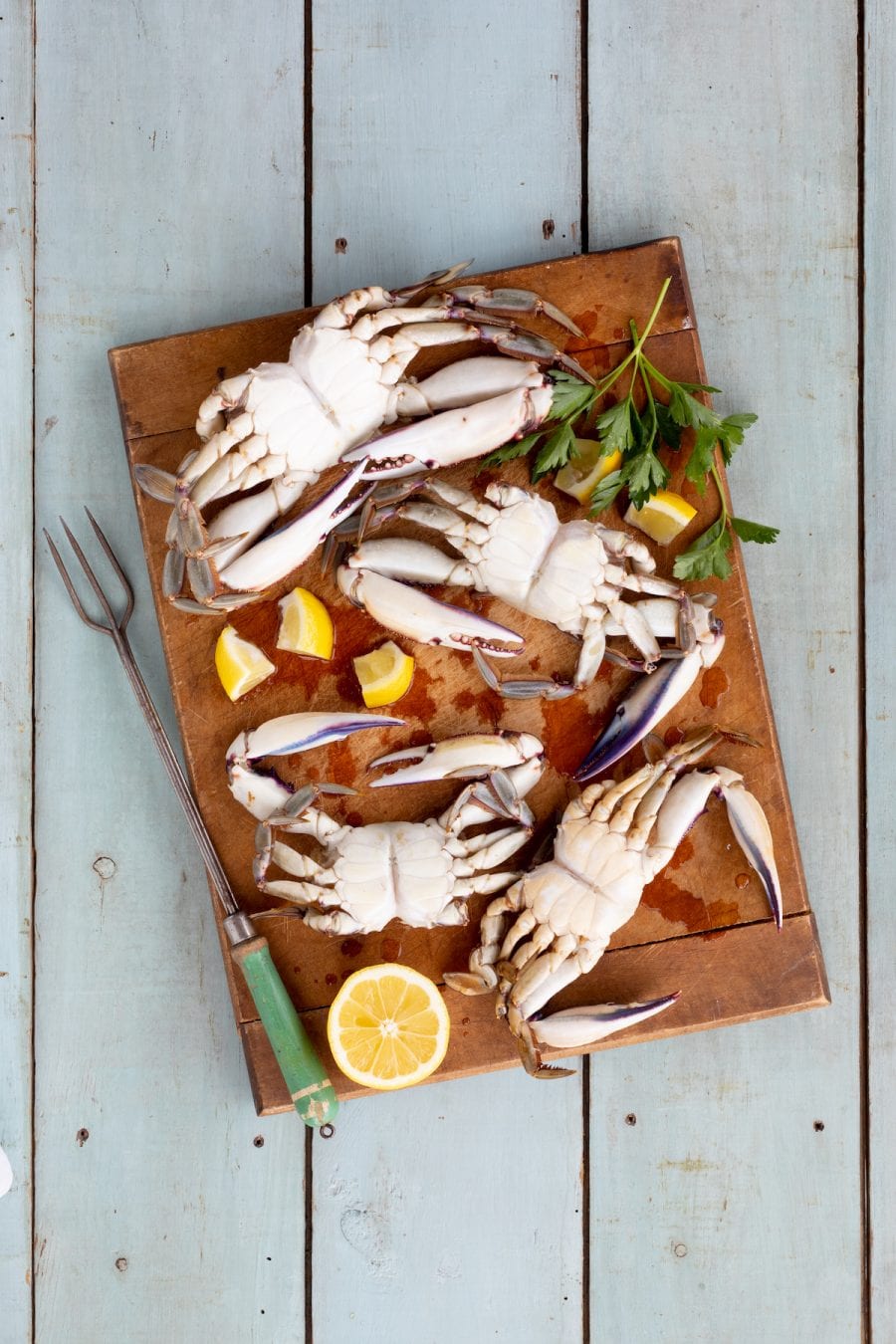
“I’d get a lot of, ‘why don’t you have this?’ and I have to tell people, ‘It’s not in season, but I have this. Want to try it?’ Now, people are enthralled to try new things.” Things like Moore’s “hush-honeys,” which are a hybrid product of the traditional hushpuppy and his time in Italian kitchens making zeppoles. Even Southern classics like shrimp and grits are reimagined through the Eastern North Carolina lens: “I make crab grits on Saturdays, and once I post it on social media, I’ve got a line down the block.”
Seafood joint food need not be heavy, Moore contends. Chowder is standard fare, usually made of cream, potatoes, and salt pork or bacon. Enter Moore’s version, which uses cauliflower for the base and smoked fish for the salt. Then there’s that relish slaw, which has crunch from shredded veggies and plenty of fresh herbs, but no mayo in sight. He hasn’t completely eschewed his global background either: Peel-and-eat shrimp harken to his time cooking at Cuisine of India in Toronto with an aromatic blend of lemongrass, ginger, and makrut lime leaf. A garden succotash in the spirit of ratatouille gets topped with Ritz crumbs, a callback to Moore’s childhood eating Nabs with cheese for lunch. And then there’s the ultimate down-home recipe, a shallow fried, bone-in fish straight out of a Friday night fish fry that’s easy to replicate at home.
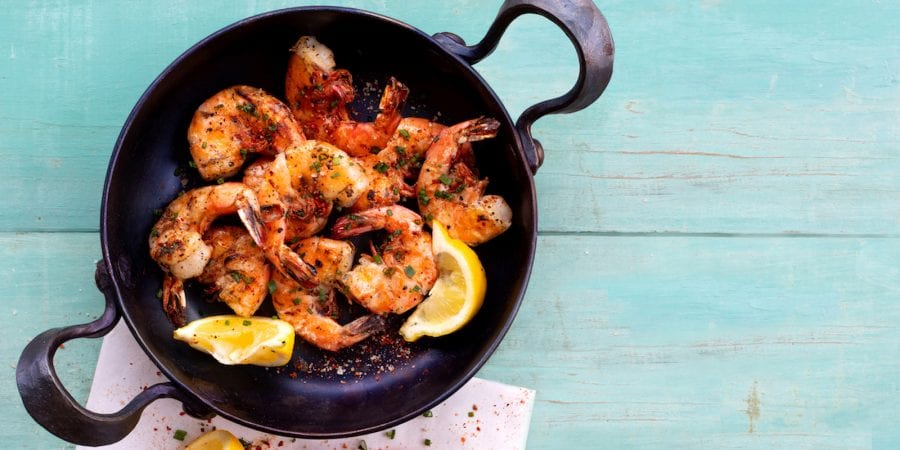
Grilled-Peel-and-Eat Shrimp with Kasundi Cocktail Sauce
“I spent time in Toronto in one of the top Indian restaurants there, and I really enjoy the big, bold spices in Indian cooking,” Moore says. Here, cocktail sauce bolstered by kasundi, a popular condiment in Indian cooking, provides a great contrast to the perfumed, steamed shrimp. Moore advocates for buying local and sustainably caught shrimp whenever possible.

Hot-Smoked Trout and Sour Corn Chowder
Sour corn gives this chowder a tart-sweet tang, while the smoked fish brings the smoky, salty bite. Plus, it’s rich and creamy with just a dash of cream thanks to the cauliflower base. Be sure to start the sour corn the day before you make the chowder.
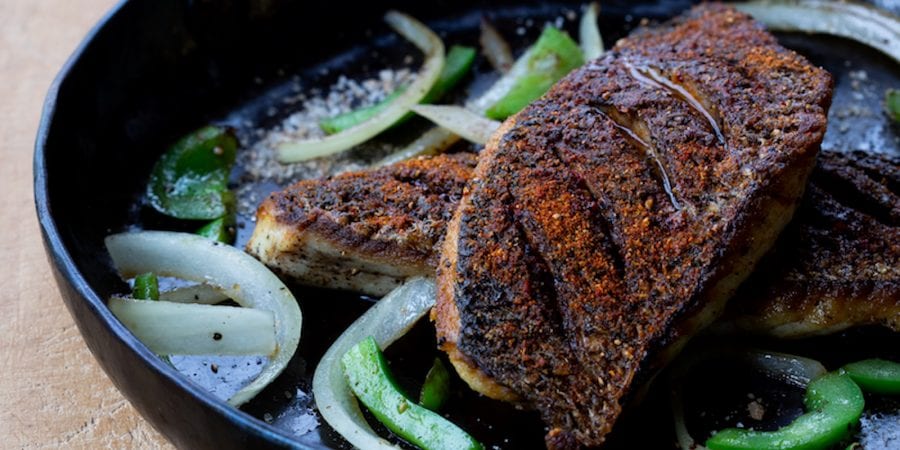
Shallow-Fried Bone-In Pan Fish
“This is straight-up down home. You catch the fish, clean ‘em, scale ‘em, score or butterfly, dredge, and pan-fry,” Moore says, citing the different texture you get from pan-frying as opposed to deep-frying. There’s a variety of small pan fish to choose from, but options include croaker, spot, whiting, hogfish, herring, and butterfish.

Summer Garden Succotash Gratin with Ritz Crust
This Southern-succotash-meets-French-ratatouille is the ultimate summertime casserole. The cheese acts as a binder and, combined with the Ritz crumbs, brings back memories for Moore of eating Nabs with cheese for lunch when he was growing up.
For all of the recipes from chef Ricky Moore, subscribe.
All of our print subscriptions also come with complimentary access to our digital edition.
share
trending content
-
How to Make Kolaches with Joy the Baker | Video
by Amber Chase -
Long Live Oyster Season at Darling Oyster Bar
by TLP's Partners -
Recap: TLP x Charleston Wine + Food
by TLP Editors -
Exploring Mississippi: A Quintessential Southern Experience
-
Recipes From Our Summer Issue
by TLP Editors
More From Dining Out
-
9 Noteworthy Tennessee Restaurants | Listen
-
A New Home for Lazy Betty
-
Our Top Restaurants of 2023
-
50 Years of Family Recipes at Sperry’s
-
Where to Eat and Drink in WeHo





